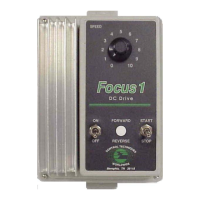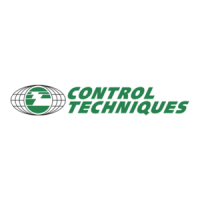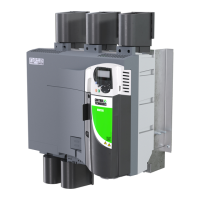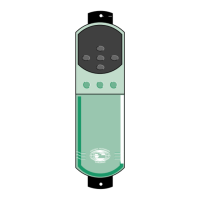What to do if my Control Techniques DC Drives motor does not reach full speed?
- JJames JensenAug 13, 2025
If your Control Techniques DC Drives motor does not reach full speed, you should correct any overload condition. Adjust the MAX potentiometer clockwise. Check the AC line voltage and correct it if necessary. Follow the programming procedure. Replace any components as required. You may also need to replace components as specified in the motor instruction manual.




